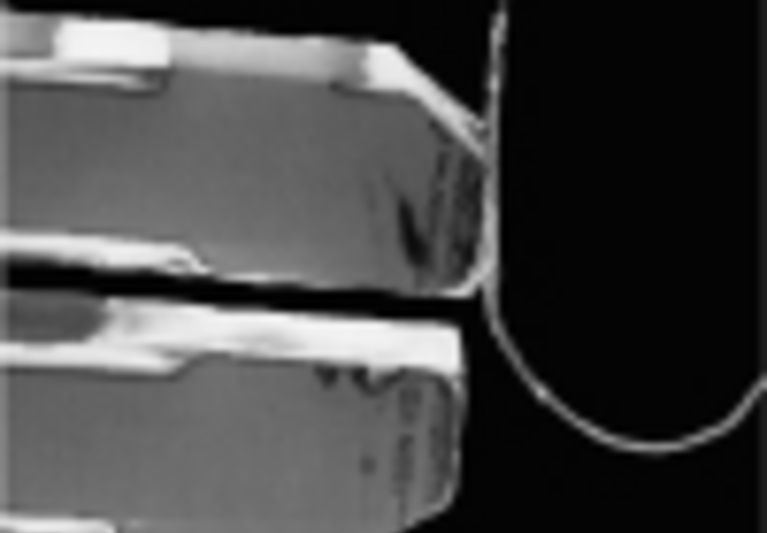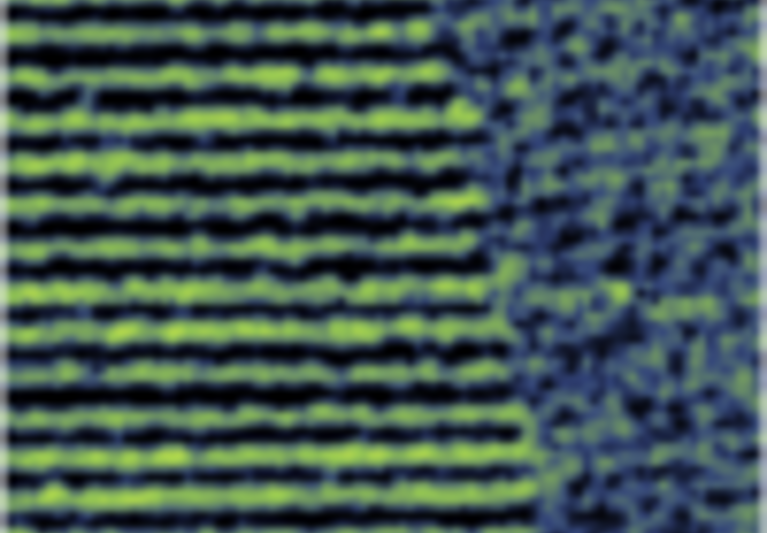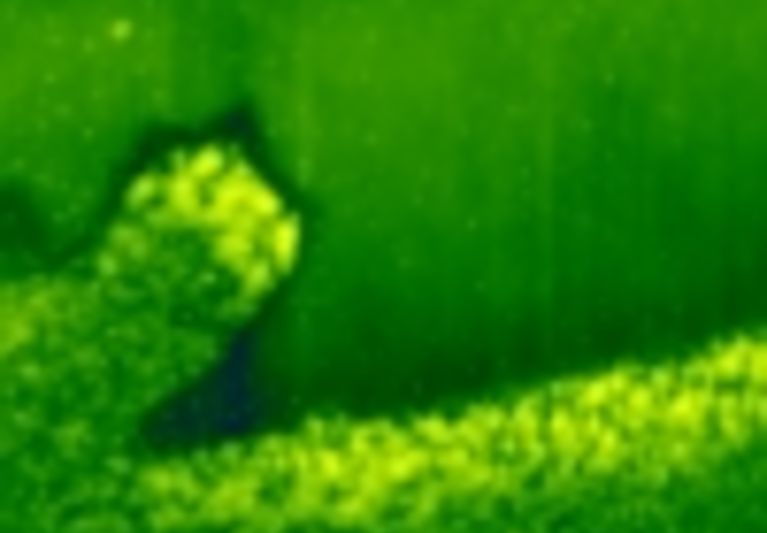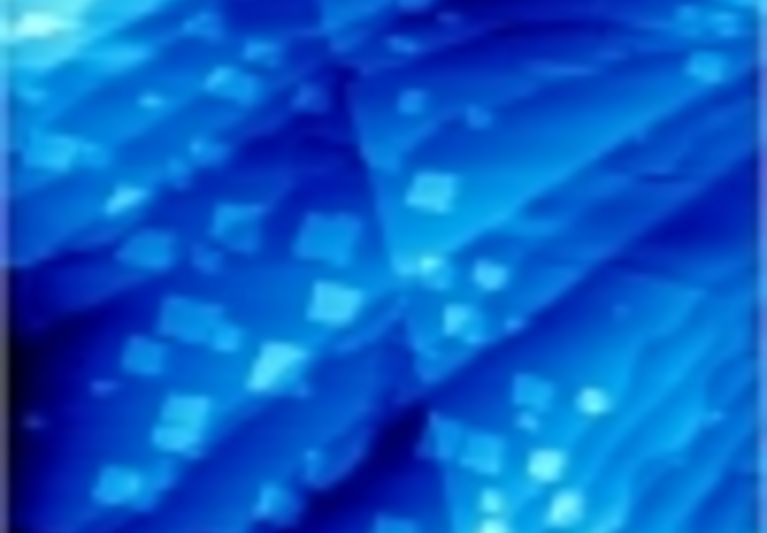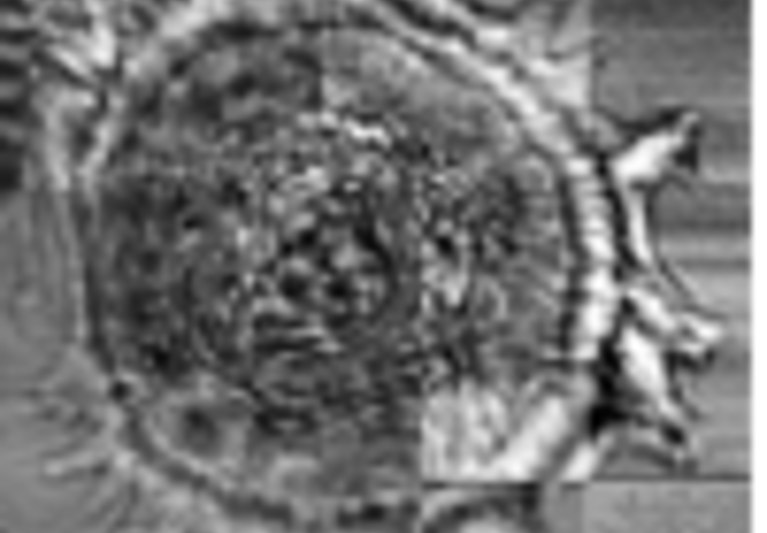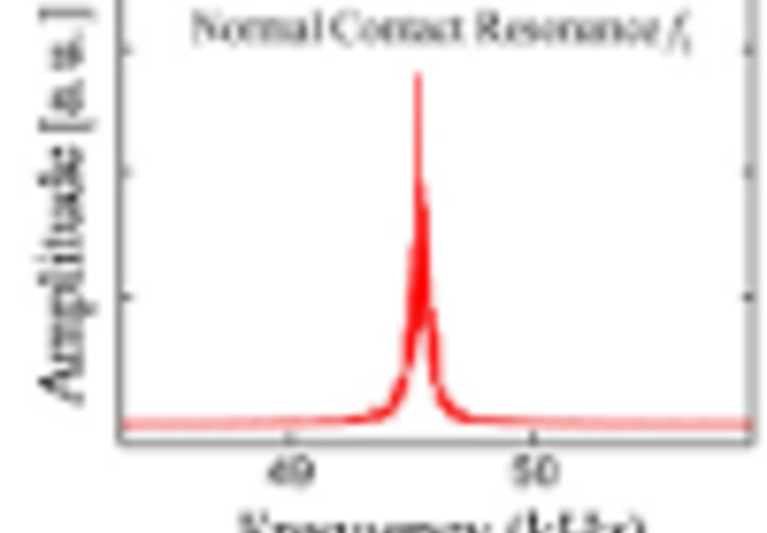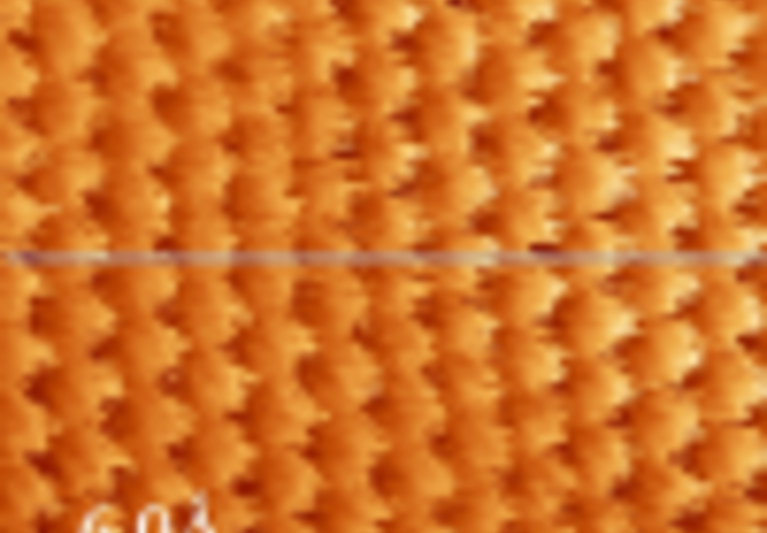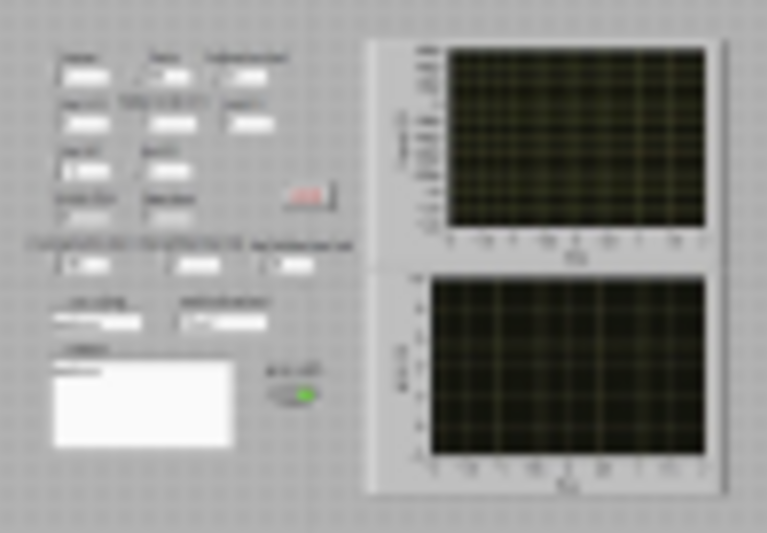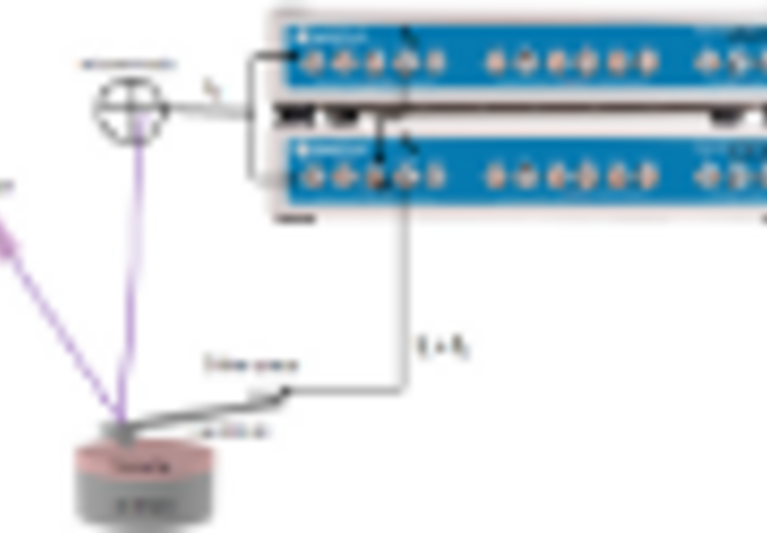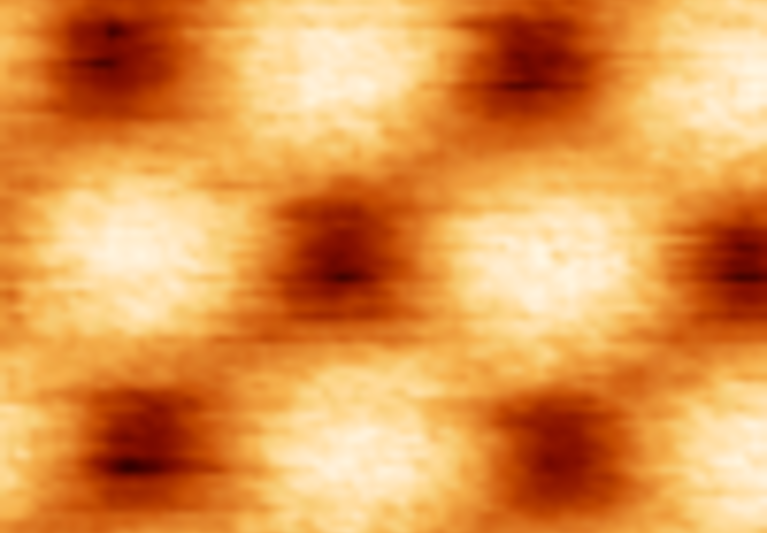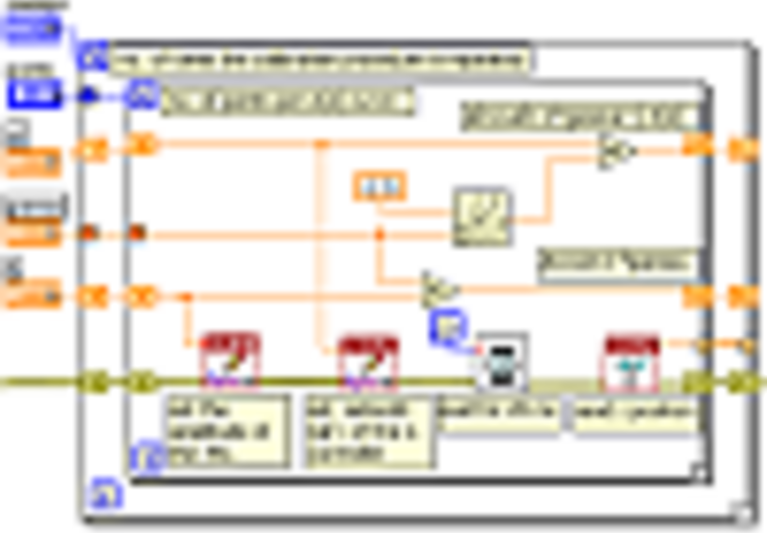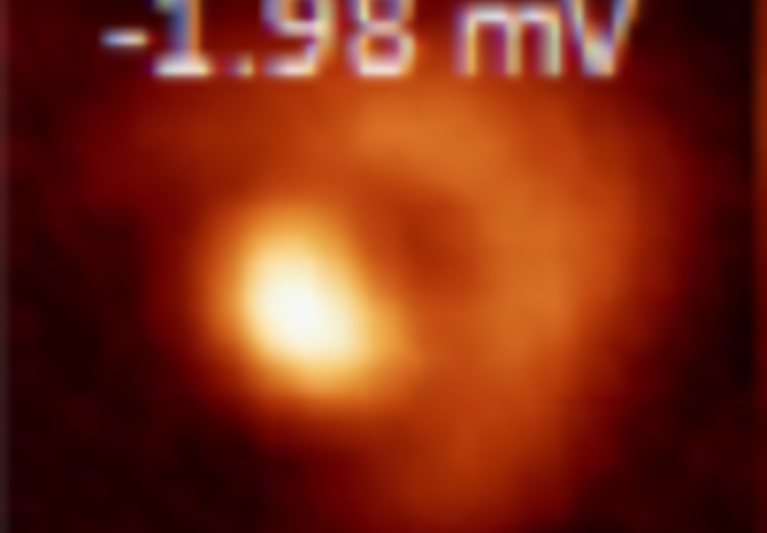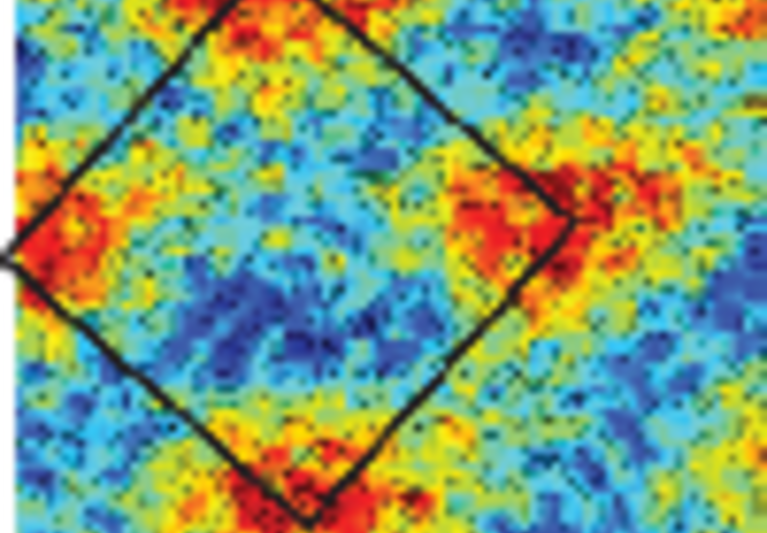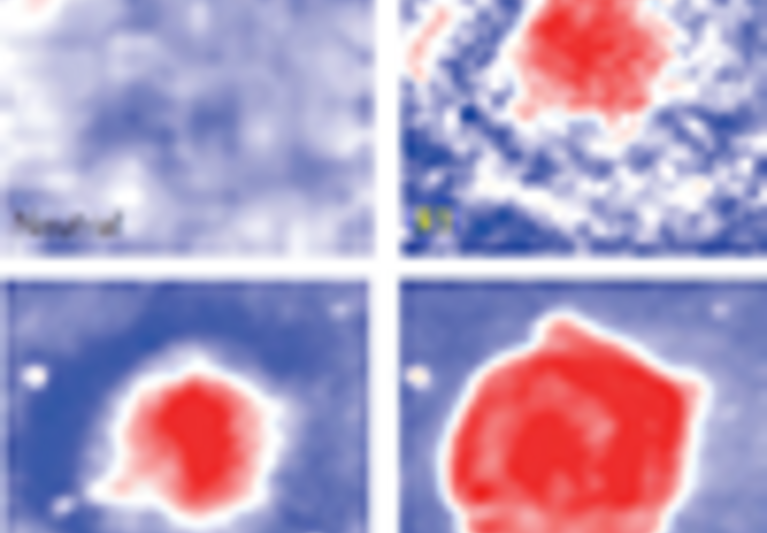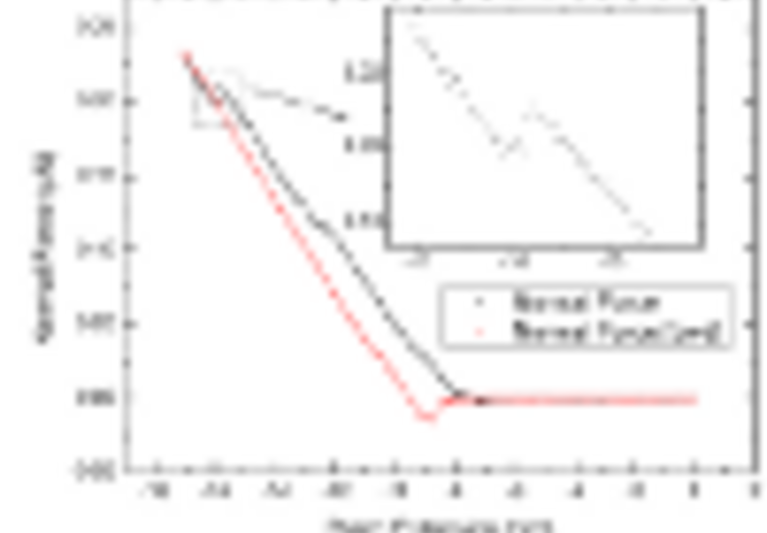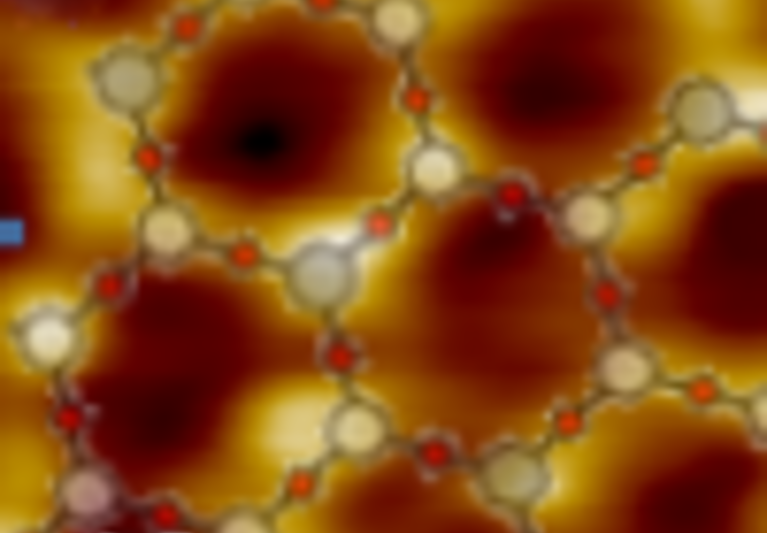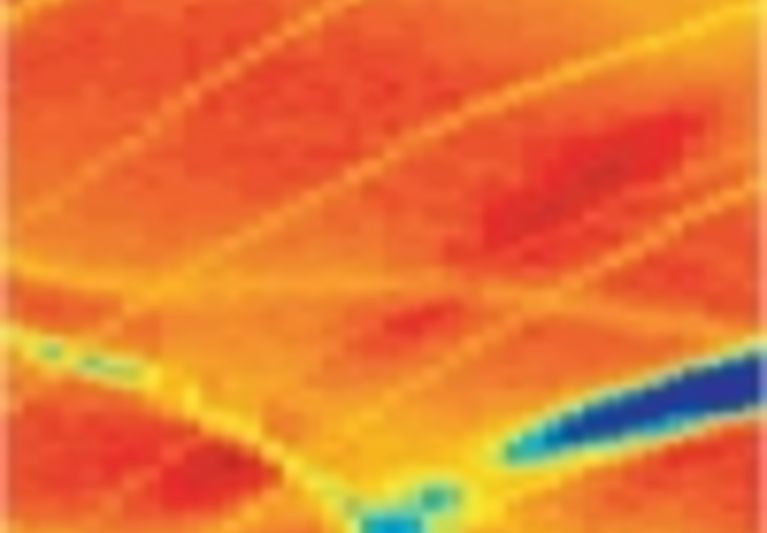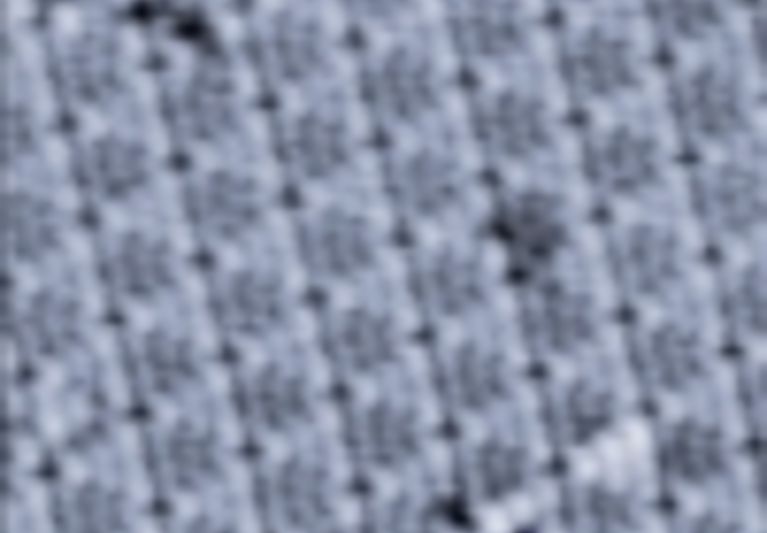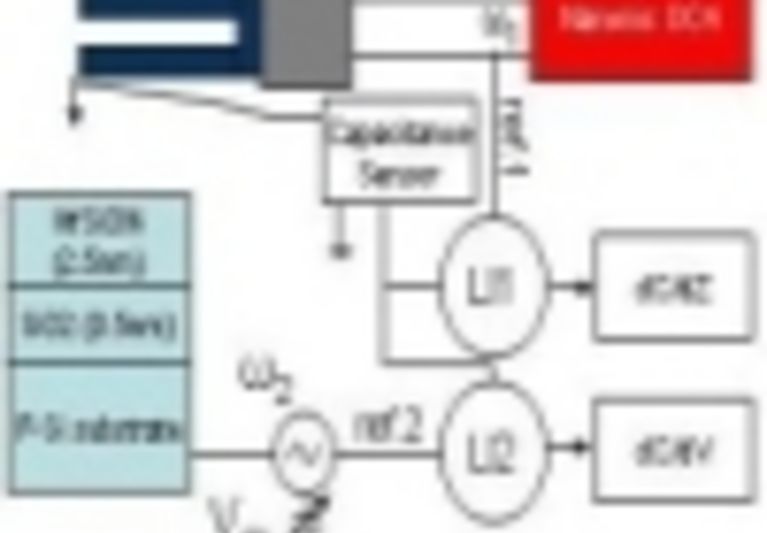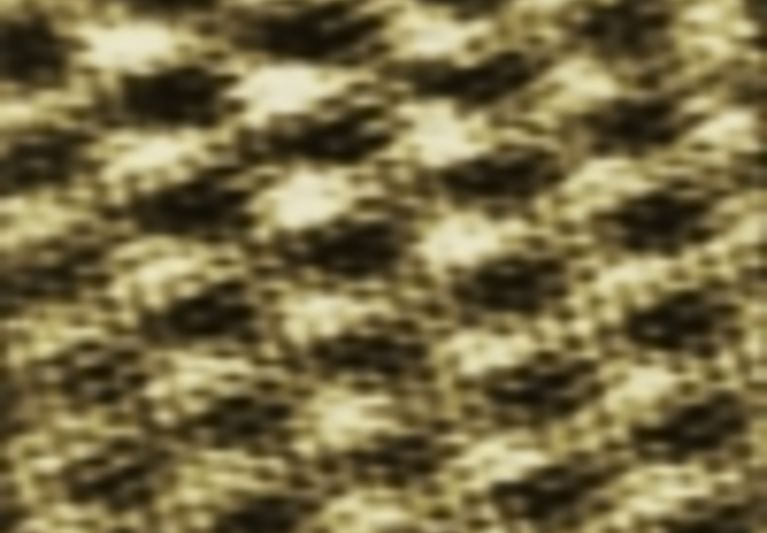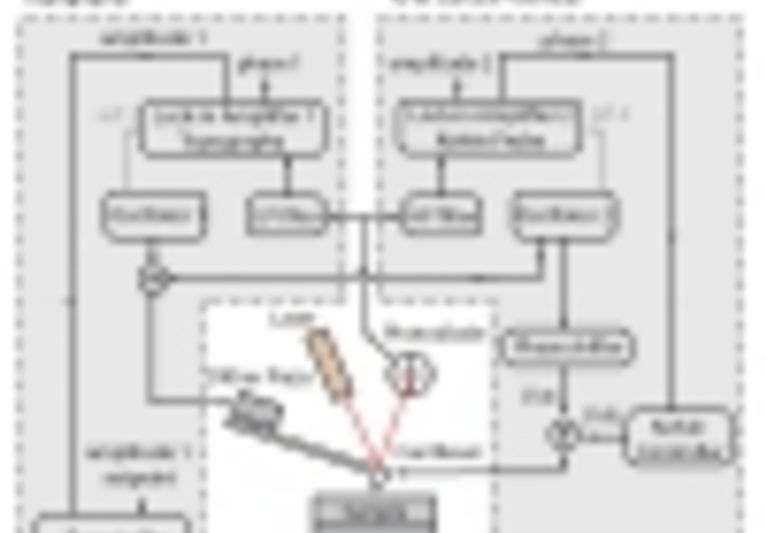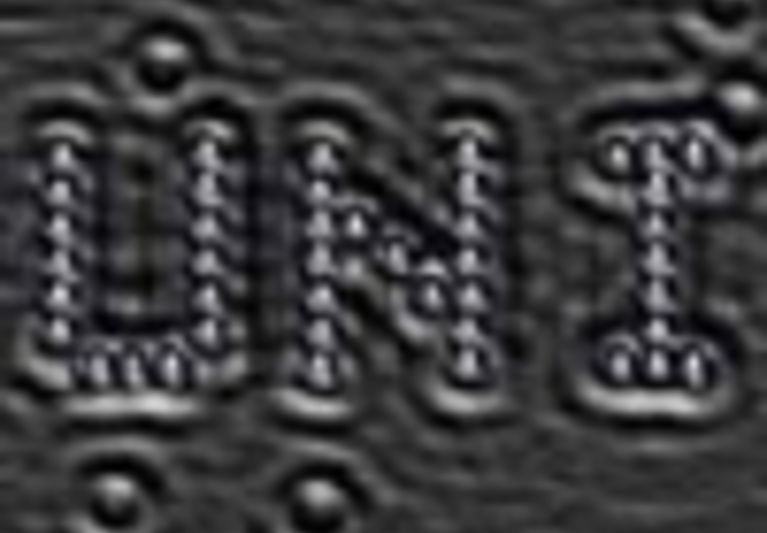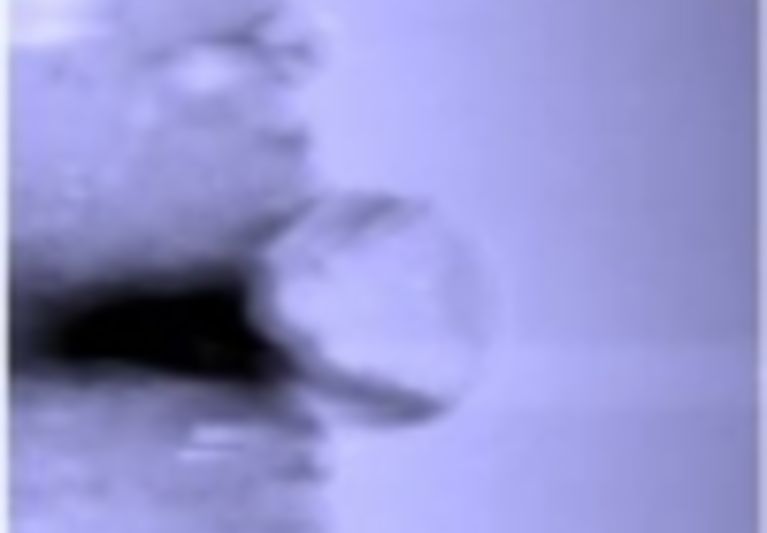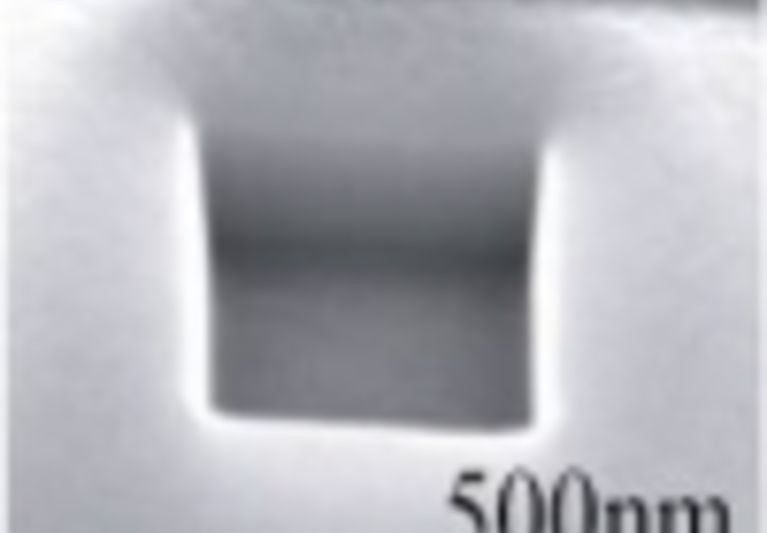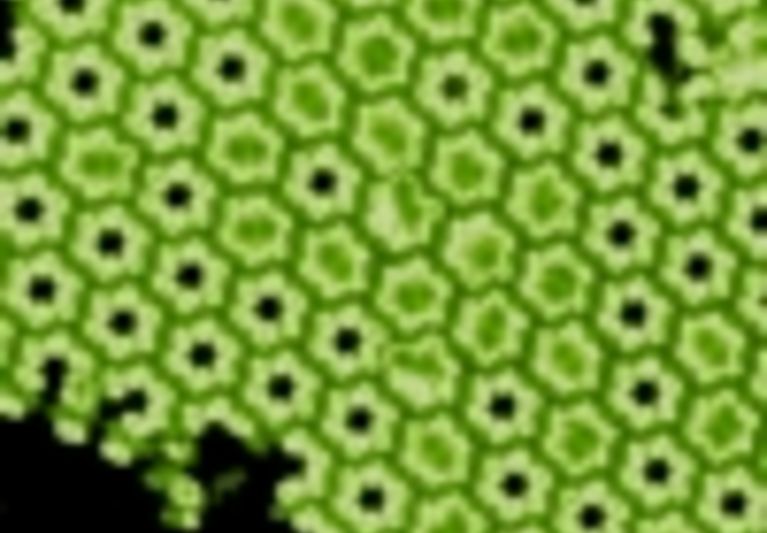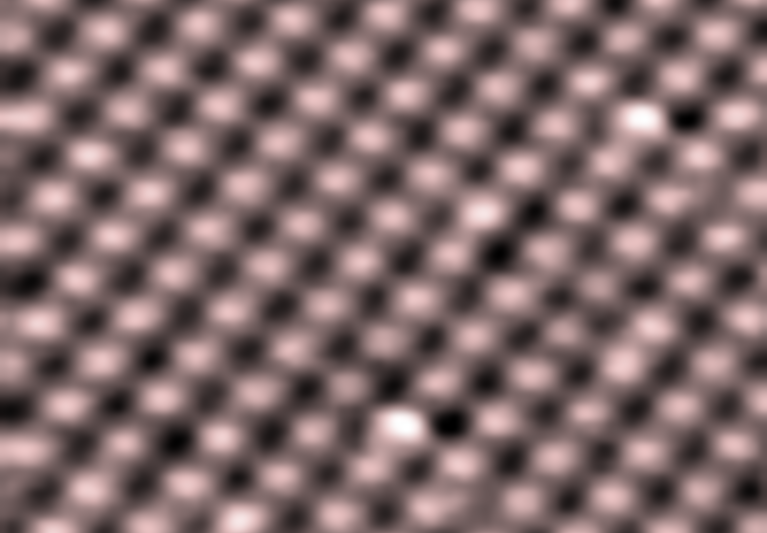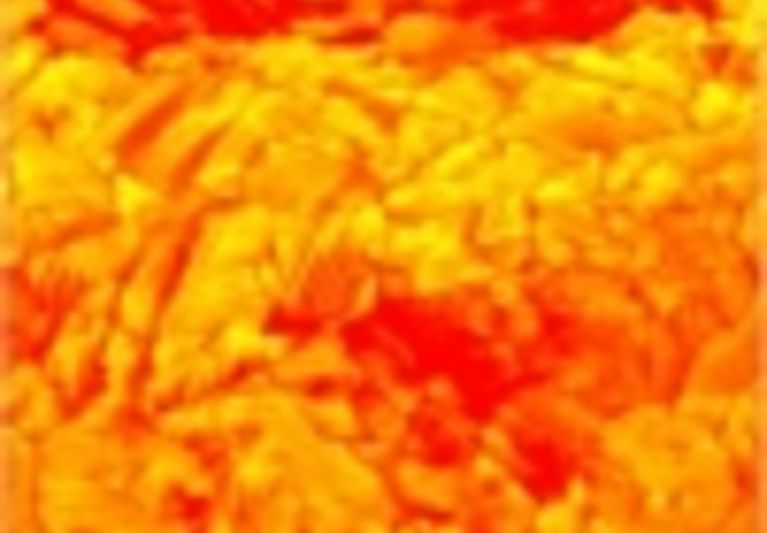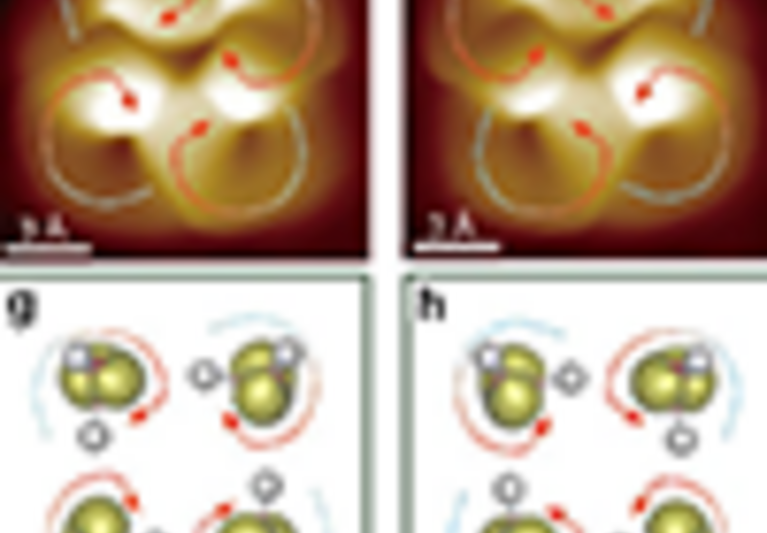In the quantum Hall regime, near integer filling factors, electrons should only be transmitted through spatially separated edge states. However, in mesoscopic systems, electronic transmission turns out to be more complex, giving rise to a large spectrum of magnetoresistance oscillations. To explain these observations, recent models put forward the theory that, as edge states come close to each other, electrons can hop between counterpropagating edge channels, or tunnel through Coulomb islands. Here, we use scanning gate microscopy to demonstrate the presence of QH Coulomb islands, and reveal the spatial structure of transport inside a QH interferometer. Locations of electron islands are found by modulating the tunnelling between edge states and confined electron orbits. Tuning the magnetic field, we unveil a continuous evolution of active electron islands. This allows to decrypt the complexity of high-magnetic-field magnetoresistance oscillations, and opens the way to further local-scale manipulations of QH localized states.
B. Hackens, F. Martins, S. Faniel, C.A. Dutu, H. Sellier, S. Huant, M. Pala, L. Desplanque, X. Wallart, V. Bayot
Nature Communications volume 1, Article number: 39
